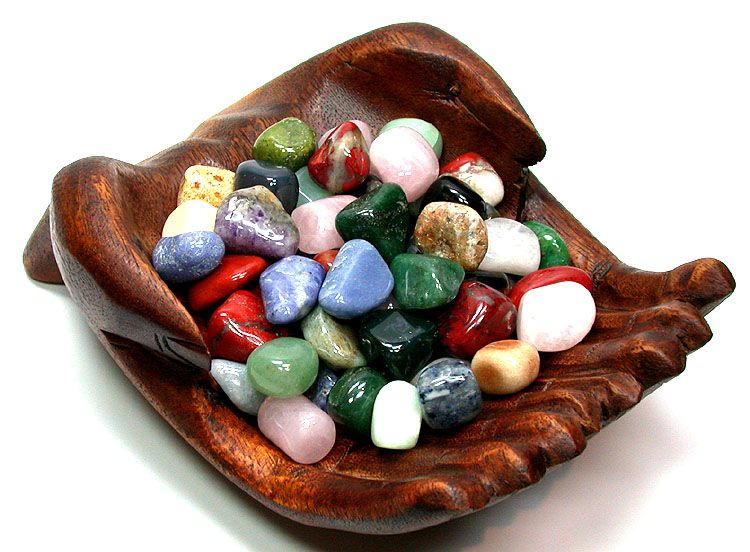History and Legends of Incubus and Succubus: Origins and Beliefs
- Details
- Written by Miranda Spears
- Views: 4504

Famous figures in folklore, the incubi and succubi stand for a variety of cultural beliefs and anxieties.
These beings, which frequently appear in dreams or nightmares, are renowned for their ability to seduce and manipulate people. Here are six essential things to know about the mythology and history of these fascinating extraterrestrial creatures.
Origins And Cultural Variations
Ancient religious writings and myths are where the ideas of incubi and succubi originate. "Incubus" is derived from the Latin word incubare, which means "to lie upon," while "succubus" is derived from the word succubare, which means "to lie beneath." Early Sumerian, Babylonian, and later Christian traditions all refer to these entities. Throughout history and various mythologies, specific names have been associated with incubi and succubi. These names often reflect the entities' characteristics or roles within their respective folklore. If you want to learn more about names of incubus and succubus, you can read about them on the internet through websites. They were frequently connected to demonic spirits and blamed for sexual dysfunction and nightmares in medieval Europe. These entities exist in various cultural contexts. For instance, the Lilith figure in Jewish tradition is occasionally regarded as a succubus-like demon, while succubi are comparable to fox spirits in Chinese mythology.
The Role Of The Incubus
Generally speaking, an incubus is a male demon that preys on women. Legend has it that while women are sleeping, incubi come to them and engage in sexual activity, hoping to either pregnant them or suck off their life essence. Incubi were often blamed for various health issues, psychological suffering, and unintended pregnancies, according to historical reports. Since the incubus is frequently portrayed as charming or captivating, it can readily entice victims. This figure reflects anxieties about losing control over one's own body and being violated sexually.
The Role Of The Succubus
At the other end of the spectrum, a succubus is a female demon that preys on males. In the same way that an incubus does, a succubus commits sexual acts with her victims, which frequently results in the victims becoming physically and emotionally exhausted. In some depictions, the succubus is depicted as being extremely attractive, and she uses her appeal to entice men and drain their vitality.
Other tales have been passed down about succubi that describe them as being so exhausting that they either cause men to become misguided or even cause them to die. The succubus is a representation of the perils that come with giving in to one's desires and the temptations that one faces.
The Psychological And Sociological Aspects
Throughout human history, experiences with incubi and succubi have been utilized to provide explanations for events that, during that period, were not well understood. For instance, these entities were frequently thought to be responsible for sleep paralysis, which is characterized by a feeling of immobility and the presence of hallucinations at night. In a similar vein, nocturnal discharges and sexual dysfunction were first thought to be the result of influence from the supernatural. Not only were charges of contact with these demons connected to witchcraft trials and religious panic in medieval Europe but they were also connected to these events. Those who have had sleep difficulties or other health issues could be accused of being visited by an incubus or succubus creature.
Modern Interpretations And Popular Culture
The myth of the these creatures has made its way into popular culture in the modern day, making appearances in works of literature, films, and television shows. In these contemporary depictions, conventional mythology is often combined with new interpretations, resulting in these demons being transformed into anti-heroes or complicated figures rather than simple antagonists. Incubi and succubi, for instance, are frequently depicted in fantasy literature as having their motives and problems, which adds dimension to their personalities beyond the types of seducer roles that are typically associated with them.
Symbolic Meanings And Cultural Impact
There are a variety of psychological and cultural elements that are powerfully represented by the legends of incubi and succubi. Fears of losing control, sexual discomfort, and the perils of following one's urges without restraint are all represented by them. The fears and taboos that are linked with sexual behavior are frequently embodied by these figures, which is another way in which they depict the attitudes that society has regarding sexuality and gender. Even though people continue to be fascinated by these demons, their influence on cultural narratives and personal concerns continues to be significant. People from all over the world continue to be captivated and intrigued by the tales of incubi and succubi, regardless of whether they are interpreted as real entities or as metaphorical symbols instead.
Conclusion
The history and traditions of incubi and succubi provide a fascinating look into how various societies have struggled to come to terms with the complexity of sexuality, power, and terror. We are reminded of the rich fabric of human belief and the various ways in which our ancestors attempted to make sense of the unknown through the exploration of these mythological beings.
Liked this article? Dive deeper into personal growth and wellness! Check out CrystalWind.ca for spiritual wisdom or explore AromaWorx.ca for natural well-being tips. Spread the positivity—share this with friends on their happiness journey!
Let’s Chat! Drop Your Thoughts Below! ![]()
Latest Articles

Imagine a world of inspiration and healing, free for all—made possible by YOU!
Donate Now—Ignite the Magic at CrystalWind.ca!

Epilepsy - Finding A Cure
Your donation can make a difference!
Help us find a cure – donate now!
Unlock Your Light: Join Lightworkers Worldwide on CrystalWind.ca!
Articles: Lost Treasure
Articles: Shambhala
Follow Us!
Featured This Month
Peridot: The Healer's Stone
Peridot has been used as a Power Stone for centuries. Peridot fosters emotio... Read more
The Vine: September 2nd - September 29th
The Autumnal Equinox ( Alban Elfed ) Celtic Symbol : The White Swan Read more
Mabon Magic: Ideas For Fall Decoration And R…
Welcome (almost!) to Fall! We’re turning the Great Wheel once again, toward ... Read more
Sweet Violet
Sweet Violet Faithfulness and modesty. “I will always be true to you.” Helps... Read more
Sun in Virgo
An Overview of Sun Sign Characteristics for Virgo Virgo is guided by Mercur... Read more
Watermelon Tourmaline
Synonym: Rainbow Tourmaline The watermelon tourmaline is a rare variety t... Read more
Virgo Mythology
The Virgo Myth In all of constellation mythology, few legends are as misund... Read more
Mabon in Modern Times: Fresh Takes on the Au…
The Mabon season begins somewhere around the 21st-22nd of September and cont... Read more
Crystals for Virgo
As the warmth of summer begins to soften into the crispness of autumn, the Sun... Read more






























































































































































